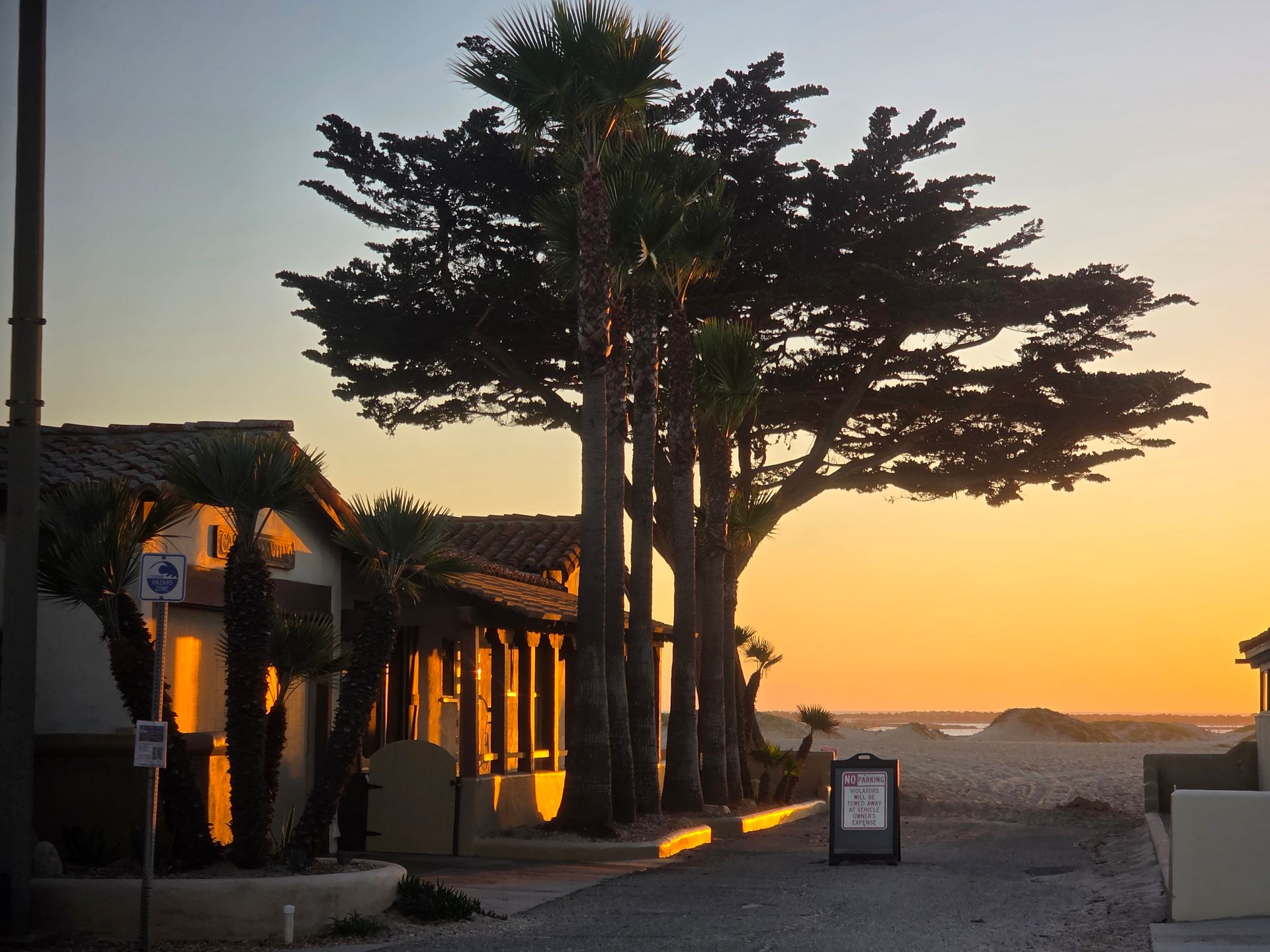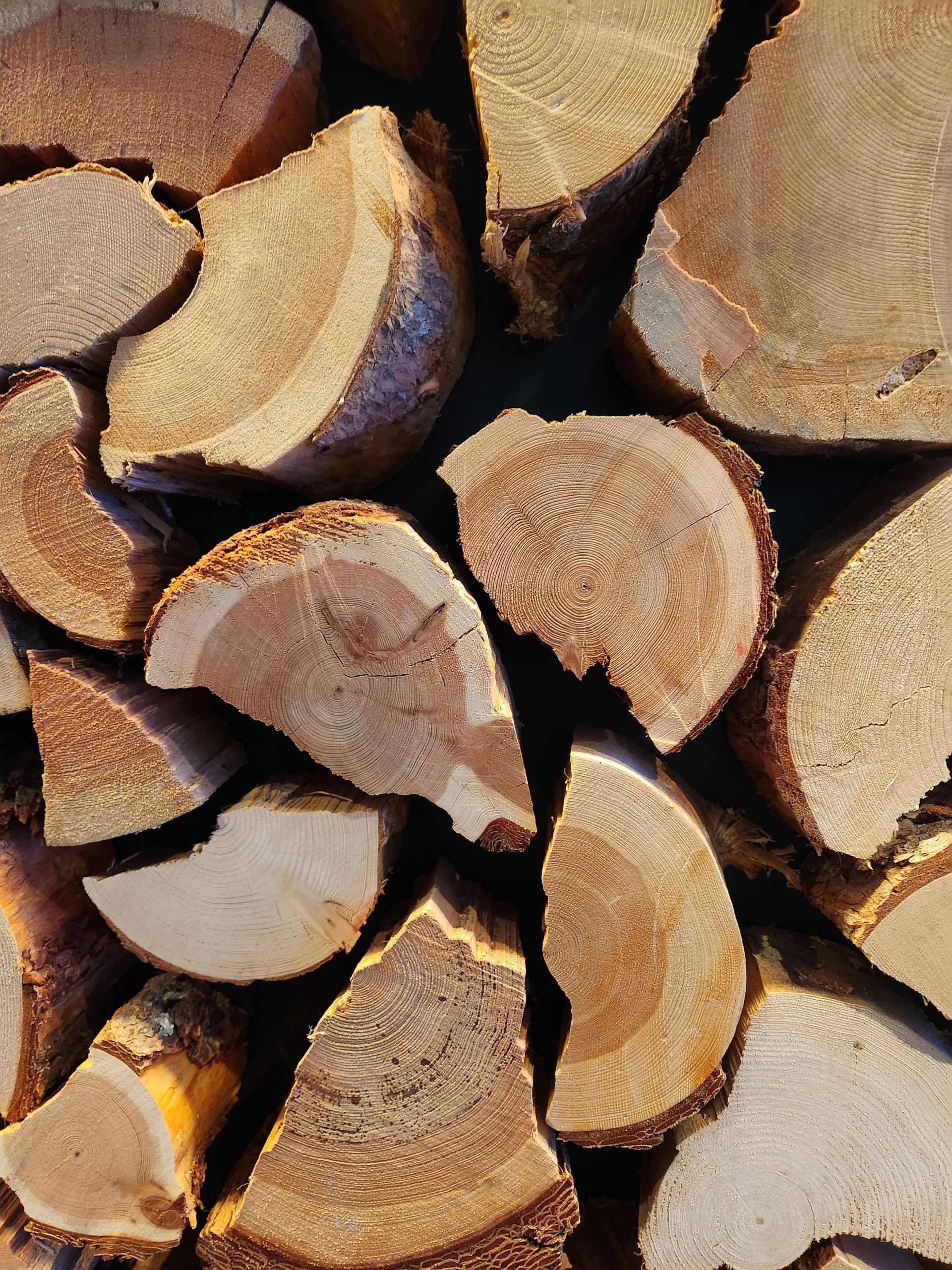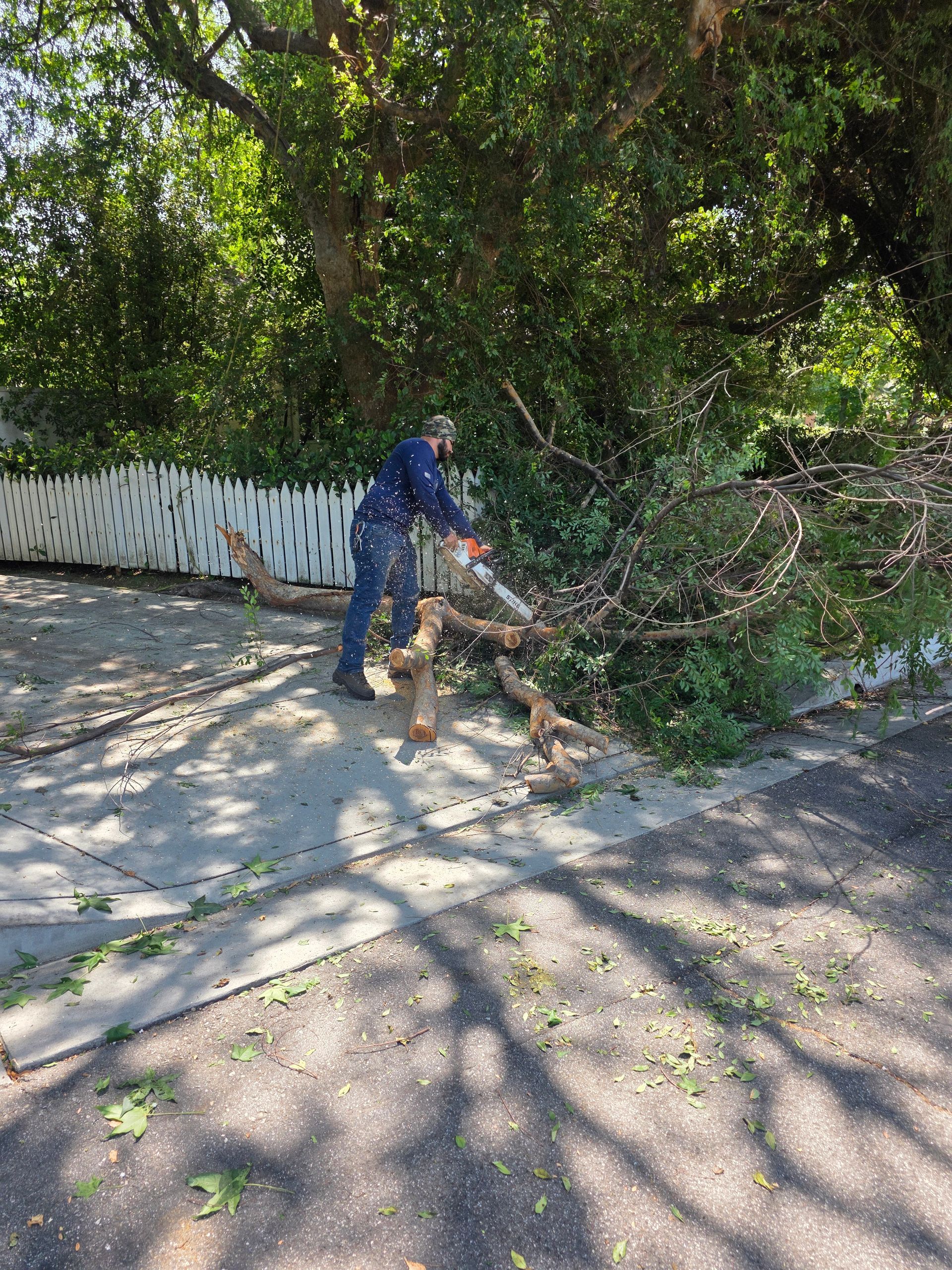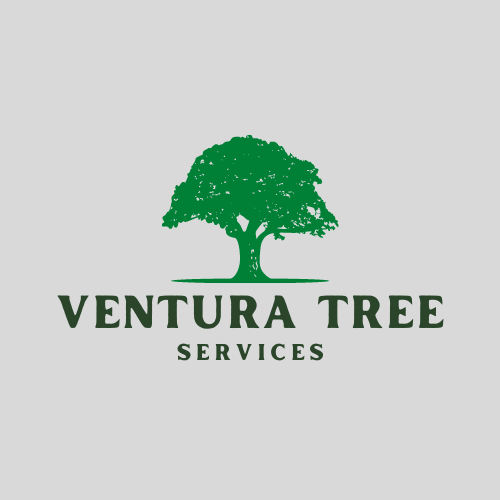Palm Tree Skinning in Ventura County, CA: Expert Techniques and Best Practices
In Ventura County, CA, palm tree skinning is a crucial maintenance task that enhances the aesthetic appeal and health of these iconic trees. Proper skinning removes dead fronds and promotes growth, ensuring that palms remain vibrant and well-maintained throughout the year. This process not only helps maintain a clean landscape but also prevents potential pests and diseases that can affect tree health.
We understand that palm tree maintenance may seem daunting, but it is an essential part of preserving their beauty. Regular skinning can significantly extend the life of the trees and improve their resilience against adverse weather conditions. With the right techniques, we can keep our palm trees looking their best while contributing to the lush allure of Ventura County.
Hiring a professional skinning service, such as Ventura Tree Services ensures that palm trees are treated with care and precision. By opting for expert help, we can avoid common mistakes that could harm the trees and instead foster a thriving environment for our palms. Whether you are a homeowner or a business owner, maintaining our palm trees should be seen as a valuable investment in our landscape.
What Is Palm Tree Skinning?
We will explore palm tree skinning, including its definition, purposes, and the types of palm trees commonly involved in this process. Understanding these aspects helps us appreciate the significance of this practice in Ventura County and similar regions.
Definition and Overview
Palm tree skinning refers to the removal of the old, dead fronds from the trunk of palm trees. This process not only enhances the aesthetic appeal of the tree but also contributes to its health. By eliminating decaying fronds, we reduce the risk of pest infestations and disease.
The skinned trunk then becomes cleaner and more visually appealing. This practice is commonly undertaken by professional landscapers or tree maintenance services. Regular skimming is necessary to maintain proper growth and ensure the longevity of palm trees.
Purpose of Skinning Palm Trees
The main purpose of skinning palm trees is to promote better growth and overall health. When we remove dead fronds, we allow the palm to invest more energy into growing healthy new fronds. This leads to a lush appearance and vibrant foliage.
Another important reason involves aesthetics. A clean, skinned trunk presents a more polished look, often considered desirable in landscaping. Property owners and municipal parks recognize the value of a visually appealing environment.
Moreover, removing decaying material minimizes the attraction of pests. Insects and pathogens thrive on decaying fronds, so skimming reduces the chances of infestations that could compromise tree health.
Types of Palm Trees Commonly Skinned
Not all palm trees are skinned in the same manner. We often see species such as the Queen Palm, Washingtonia Palm, and Royal Palm being skinned. Each of these palm types has distinct characteristics that influence their maintenance.
- Queen Palm: Known for its feathery fronds, skimming enhances its elegant look.
- Washingtonia Palm: This species has a robust trunk that benefits from regular maintenance.
- Royal Palm: While requiring careful handling, skimming can significantly improve its health and appearance.
Understanding the varieties helps us tailor our approach to each type for effective skinning. Proper techniques ensure that we maintain the vitality of the palms while enhancing their beauty.
Benefits of Palm Tree Skinning in Ventura County
Palm tree skinning offers several advantages for both the aesthetics and health of palm trees in Ventura County. By focusing on removal of dead fronds and overall tree maintenance, we enhance the landscape and contribute to the longevity and vitality of these iconic trees.
Aesthetic Improvements
Skinning palm trees notably enhances their appearance. By removing dead fronds and excess debris, we create a cleaner and more attractive look.
This maintenance work leads to a more refined silhouette, better revealing the palm's trunk and overall structure.
Landscapes flourish with well-maintained palms, adding elegance to residential and commercial properties alike.
In addition, neighborhoods benefit from improved curb appeal, contributing to higher property values and vibrant community aesthetics.
Health and Longevity of Palm Trees
Regular skinning promotes the health and lifespan of palm trees. We aid in preventing decay by removing dead material, allowing the tree to conserve energy.
This process encourages optimal growth, as living fronds can photosynthesize effectively when not competing with dead ones.
Moreover, a cleaner environment surrounding the trunk supports good air circulation, reducing the chance of mold and disease.
Focused attention on the tree’s health can significantly increase its longevity, ensuring that our landscapes remain lush and green.
Pest and Disease Prevention
Skinning also acts as a crucial pest and disease prevention strategy. Removing dead fronds eliminates habitats for harmful insects and pests that can damage living fronds.
This proactive approach minimizes the risk of infestations and protects the palm tree’s overall health.
In essence, a well-maintained palm tree is less susceptible to diseases, fostering a healthier ecosystem within our gardens.
Regular monitoring during the skinning process allows us to identify potential problems early, ensuring prompt action is taken to safeguard these beautiful trees.
The Palm Tree Skinning Process
In Ventura County, palm tree skinning involves several precise steps that ensure the trees remain healthy and aesthetically pleasing. Each phase requires careful attention to detail, specialized tools, and adherence to best practices.
Initial Assessment and Planning
Before starting the skinning process, we conduct an initial assessment of the palm tree. This involves checking for signs of disease, pest infestations, or structural issues. We look closely at the tree's overall health and its environment.
Based on this assessment, we develop a plan that outlines the specific approach for skinning the tree. This includes determining the optimal timing for the job, as factors like weather conditions and tree type can influence the procedure. Safety protocols are also established for the team to minimize any risks.
Tools and Equipment Used
The tools we use are crucial for effective palm tree skinning. Commonly, we rely on the following equipment:
- Pruning Saw: Ideal for cutting through tough fronds.
- Hand Pruners: Useful for smaller, delicate fronds.
- Pruning Lopper: Effective for reaching high fronds without needing a ladder.
- Safety Gear: Helmets, gloves, and eye protection ensure safety during the process.
Each tool has a specific purpose, allowing us to execute the skinning with precision and care. It’s essential to regularly maintain our equipment for optimal performance.
Skinning Procedures
The skinning procedure begins by removing dead or dying fronds. We start from the bottom and work our way up the trunk, ensuring a clean cut to prevent damage.
After removing fronds, we gently peel away the rough outer layer of the tree. This step is crucial to avoid harming the tree’s health while enhancing its appearance.
Finally, we clean up any debris and inspect the tree for any remaining issues. Thorough clean-up ensures the area is safe and visually appealing. Regular skinning can help prolong the lifespan of palm trees, making it an essential practice in landscaping.
Best Practices for Safe and Effective Skinning
When skinning palm trees, we prioritize techniques that ensure safety and efficiency. By following specific seasonal guidelines, implementing worker safety measures, and managing waste correctly, we uphold high standards.
Seasonal Considerations
Timing plays a critical role in palm tree skinning. We should target the late winter to early spring months. During this period, the tree is less stressed, and the skinning process can be less hazardous.
Key points:
- Tree Health: Avoid skinning during extreme heat or drought, as this can harm the tree.
- Weather Conditions: Dry days are preferable, as moisture can lead to slippery conditions.
- Timing with Growth Cycles: Schedule skinning sessions just before the tree's active growth stages for optimal results.
Disposal of Palm Skins
Proper disposal of palm skins is crucial to maintain environmental health. We should follow local guidelines for disposal practices.
Disposal methods include:
- Composting: Palm skins can be composted, providing organic material that enriches soil.
- Municipal Services: Use local waste management services if composting is not feasible.
- Avoid Burning: Open burning of palm skins is often prohibited due to air quality regulations.
Managing waste responsibly demonstrates our commitment to environmental care while ensuring we remain compliant with local regulations.
Choosing a Professional Palm Tree Skinning Service
When selecting a palm tree skinning service, we prioritize specific qualifications and expectations to ensure satisfactory results. Evaluating credentials, licensing, and what a service provider offers is essential in making an informed decision. We think you will appreciate the professional profile of Ventura Tree Services.
Credentials and Experience
When assessing potential service providers, we focus on their qualifications and industry experience. It's crucial to inquire about their training in palm tree skinning techniques.
We should look for professionals who have worked in our area and possess knowledge about the native palm species in Ventura County. Client testimonials can also provide insight into their reputation and skill level. We're interested in companies that can demonstrate success in past projects and showcase before-and-after photos of their work.
Licensing and Insurance
Licensing is a critical factor to consider. In California, tree service providers need to be properly licensed. We should confirm that the company holds a license appropriate for tree care and maintenance.
In addition, checking for liability insurance is vital. This protects us in case of accidents or property damage during the skinning process. A reputable company will gladly provide proof of insurance. We should not hesitate to ask for these documents before making a decision.
What to Expect from a Service Provider
Understanding what to expect from a palm tree skinning service helps manage our expectations. A professional provider typically begins with an assessment of our trees to determine the extent of skinning needed.
During the service, we can expect the use of appropriate tools and techniques to ensure the job is done correctly. A knowledgeable service provider will also discuss maintenance practices for our palm trees after the skinning process. They should communicate timelines and provide a clear cost estimate, detailing what services are included.
Palm Tree Skinning Regulations in Ventura County
We must navigate specific regulations when engaging in palm tree skinning in Ventura County. These laws emphasize local compliance and environmental considerations, ensuring that our practices align with community standards and ecological stewardship.
Local Ordinances and Compliance
In Ventura County, local ordinances dictate the specifics of palm tree skinning. We should first check with the Ventura County Resource Management Agency for guidelines relevant to our area.
Some key points to consider include:
- Permitting: Certain municipalities may require permits for the removal or significant alteration of palm trees.
- Professional Standards: It is advisable to employ certified arborists to ensure compliance with local best practices.
- Notification: We may need to inform neighbors of any significant tree work, particularly in residential zones.
Failure to adhere to these regulations can result in fines or mandates to rectify any violations.
Environmental Impact Considerations
Palm tree skinning poses potential environmental effects that we must evaluate. Healthier practices can minimize negative impacts on local ecosystems.
Consider these factors:
- Wildlife Habitat: Palm trees can provide essential habitats for various bird species and other wildlife. We should assess the presence of local fauna before proceeding.
- Water Management: Removing palm fronds can affect water retention in landscaping. Proper management practices are vital to ensure sustainable water usage in our gardens.
- Pesticide Use: If treatment is necessary, we must choose environmentally friendly products to mitigate harm to surrounding plants and wildlife.
By acknowledging these environmental factors, we can conserve our local ecosystem while maintaining our landscapes.
Maintenance After Palm Tree Skinning
After palm tree skinning, proper maintenance is crucial for the health of the trees. Key practices include appropriate watering and fertilization while being vigilant for any signs of stress.
Watering and Fertilization Advice
We recommend establishing a consistent watering schedule. Newly skinned palms need adequate moisture without becoming waterlogged.
- Watering frequency: Initially, water the tree deeply every 1-2 weeks. As the tree acclimates, we can reduce this to every 2-4 weeks based on rainfall.
- Irrigation method: Use a soaker hose or drip system to deliver water at the root zone. This method minimizes evaporation and ensures the soil retains moisture.
Fertilization is equally important. We should apply a slow-release fertilizer high in potassium and magnesium. This supports regrowth and prevents deficiencies.
- Timing: Fertilize in early spring and late summer.
- Amount: Follow package instructions based on tree size.
Identifying Signs of Stress
Monitor how our palms respond post-skinning. If we notice any abnormalities, acting quickly can help preserve the tree.
- Wilting fronds: This indicates inadequate water or sudden environmental changes.
- Yellowing leaves: This can signal nutrient deficiency or overwatering.
- Browning tips: A sign of dehydration or salt build-up from improper fertilization.
Regular inspections can help us catch these signs early. Observing color changes and frond health enables timely intervention, ensuring our palms thrive.
Common Mistakes to Avoid
In our experience with palm tree skinning, several mistakes can compromise the quality of the job. Here are the most common pitfalls we should avoid:
- Not Using Proper Tools
We must ensure that we utilize sharp and appropriate tools. Dull blades can cause damage to the tree and lead to messy results. - Ignoring Safety Precautions
Safety should always be our priority. Using protective gear like gloves, goggles, and helmets helps prevent injuries during the process. - Improper Timing
Timing plays a significant role in skinning. We should avoid skinning during extreme weather conditions, as this can stress the tree and lead to complications. - Over-skinning the Tree
Taking off too much skin can harm the palm. It's crucial to keep an eye on the amount we remove, maintaining the tree’s health. - Neglecting Tree Health Assessment
Before starting, we should assess the tree’s overall health. Skipping this step can lead to issues later on, such as disease or decay. - Failing to Clean Up
After completing the task, cleaning up debris is essential. Leaving waste around can attract pests and detract from the landscape.
By avoiding these common mistakes, we can ensure a successful palm tree skinning process.
Palm Tree Skinning Costs and Budgeting
When planning for palm tree skinning in Ventura County, we must consider several factors that impact costs.
The average cost for palm tree skinning typically ranges from $200 to $600 per tree. This variation depends on the tree's size, location, and condition.
Key Cost Factors:
- Tree Size: Larger trees may require more labor and equipment.
- Height: Tall palms often have additional safety risks, increasing costs.
- Accessibility: Trees in hard-to-reach locations may need specialized equipment.
Budgeting Tips:
- Get Multiple Quotes: We should consult several service providers to compare prices.
- Consider Timing: Off-peak seasons might offer lower rates.
- Assess Additional Services: Some companies provide clean-up services for an extra fee.
Contacting Palm Tree Skinning Experts in Ventura County
When we are in need of palm tree skinning services in Ventura County, we can take several steps to find qualified professionals.
First, consider looking online for local landscaping companies that specialize in palm tree maintenance. Websites often list services along with customer reviews.
We may also check local directories or business listings. Platforms like Yelp and Google Maps can help us find the best-rated services nearby.
Here is a list of factors to evaluate when choosing an expert:
- Experience: Look for contractors with significant experience in palm tree skinning.
- Insurance: Ensure that the company has liability insurance to protect us from potential damages.
- Quotes: Request quotes from multiple companies to compare prices and services offered.
Reaching out directly to professionals can provide more clarity. We could ask specific questions regarding their methods and any certifications they might hold.
Networking with neighbors and local gardeners can yield recommendations as well. Personal referrals often lead us to trustworthy experts.
Finally, verify their credentials. Checking reviews and previous work through their portfolios informs our decision. This diligence will help ensure we choose the right team for our palm tree skinning needs.



